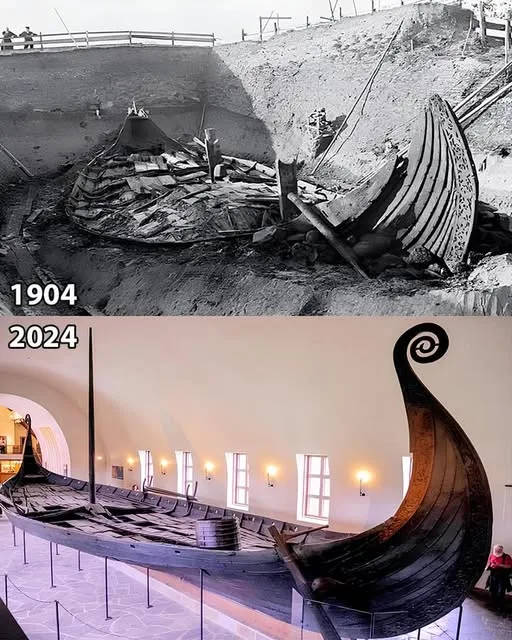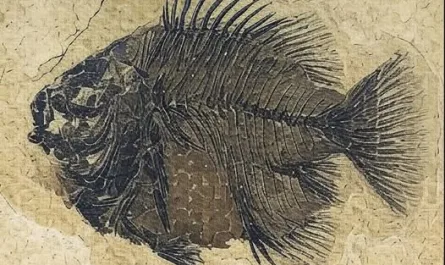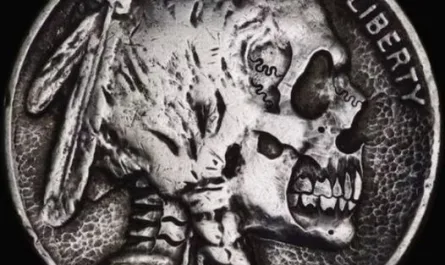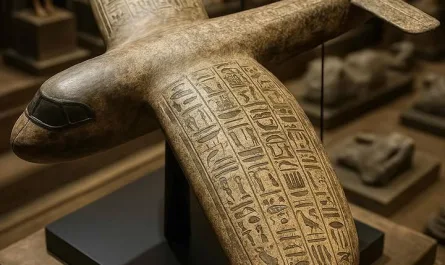Imagine sailing back in time, not just centuries, but over a millennium. Now, picture an ancient vessel, not just any ship, but a masterpiece of Viking craftsmanship, preserved almost perfectly, holding secrets from a bygone era. This is the Oseberg ship, a discovery that continues to fascinate archaeologists, historians, and enthusiasts alike since its excavation in 1904 from the Oseberg farm in Norway.
Dating back to the early 800s AD, this magnificent longship is widely considered one of the most remarkably preserved Viking vessels ever uncovered. Its elegant lines and intricate carvings speak volumes about the advanced shipbuilding skills of the Norse people. But the ship itself was only the beginning of the revelations.

A Burial of Distinction
The Oseberg ship was not merely a vessel; it was a grand burial chamber. While greedy looters had, unfortunately, plundered precious metals from the grave long before its modern excavation, the remaining grave goods painted a vivid picture of immense wealth and status. The burial contained:
- Elaborately carved wooden artifacts: Sledges, wagons, and animal-head posts, adorned with incredible zoomorphic designs, showcasing the pinnacle of Viking art.
- Exquisite textiles: Fragments of tapestries and woven cloths, hinting at a sophisticated level of textile production.
- Storage chests and household items: Providing invaluable insights into daily life and material culture of the Viking elite.
The sheer quality and quantity of these items left no doubt that this was a burial of someone of extraordinary importance.
The Grim Clues: Ritual Sacrifice
Adding to the profound nature of the discovery were the chilling, yet historically significant, skeletal remains found alongside the women. The site revealed the beheaded skeletal remains of 15 horses, an ox, and four dogs. This grim evidence strongly suggests the occurrence of ritual sacrifices, a practice known to be associated with elite burial ceremonies in the Viking Age. These animals were likely intended to accompany the deceased into the afterlife, serving as mounts, companions, and provisions.
Who Were the Oseberg Women?
Perhaps the most enduring mystery of the Oseberg find revolves around the partial skeletons of two women found within the burial chamber. Their identities have been the subject of intense speculation and scientific investigation for over a century.
Through painstaking analysis, including recent DNA advancements, some fascinating details have emerged:
- The Older Woman: Estimated to be around 80 years old at the time of her death, she has long been speculated to be Queen Asa Haraldsdottir, a powerful figure from the early Viking Age. Intrigingly, studies of her remains have displayed features consistent with Morgagni’s Syndrome, a condition that can lead to a thickening of the skull and, in some cases, symptoms like obesity, diabetes, and even the growth of facial hair. This latter detail has certainly fueled imaginations about her appearance.
- The Younger Woman: Estimated to be approximately 40 years old, her relationship to the older woman, and her own status, remain less clear. Was she a relative, a servant, a priestess, or a companion on the journey to the afterlife?
Despite these tantalizing insights, the definitive identities of these two women have yet to be confirmed. The Oseberg burial is a complex archaeological puzzle, and while DNA analysis has provided crucial clues, the full story of these powerful Viking women remains partially veiled in the mists of time.
The Oseberg ship and its contents offer an unparalleled glimpse into the beliefs, artistry, and social structures of the Viking Age. It stands as a testament to their remarkable craftsmanship and their profound reverence for the dead, reminding us that even after a millennium, history still holds its secrets close, inviting us to keep asking questions and seeking answers.





